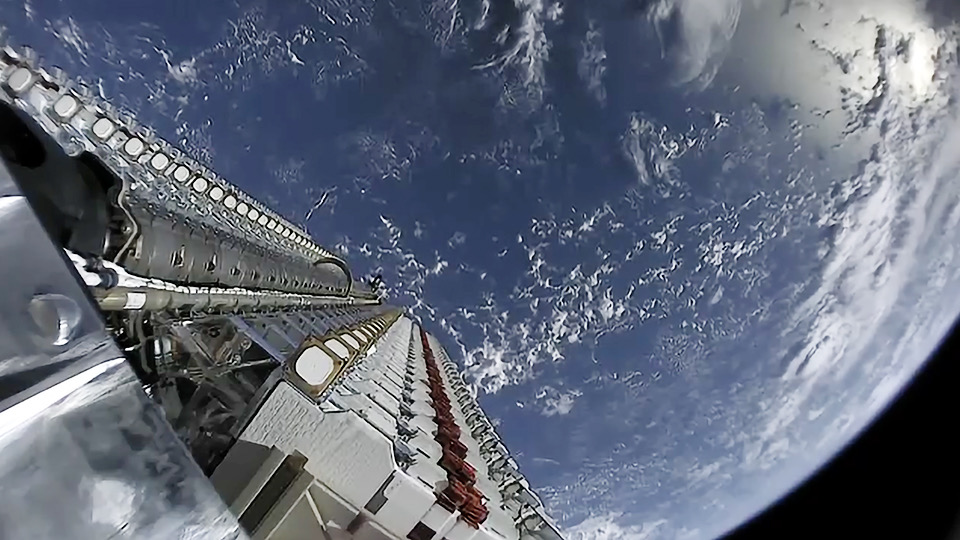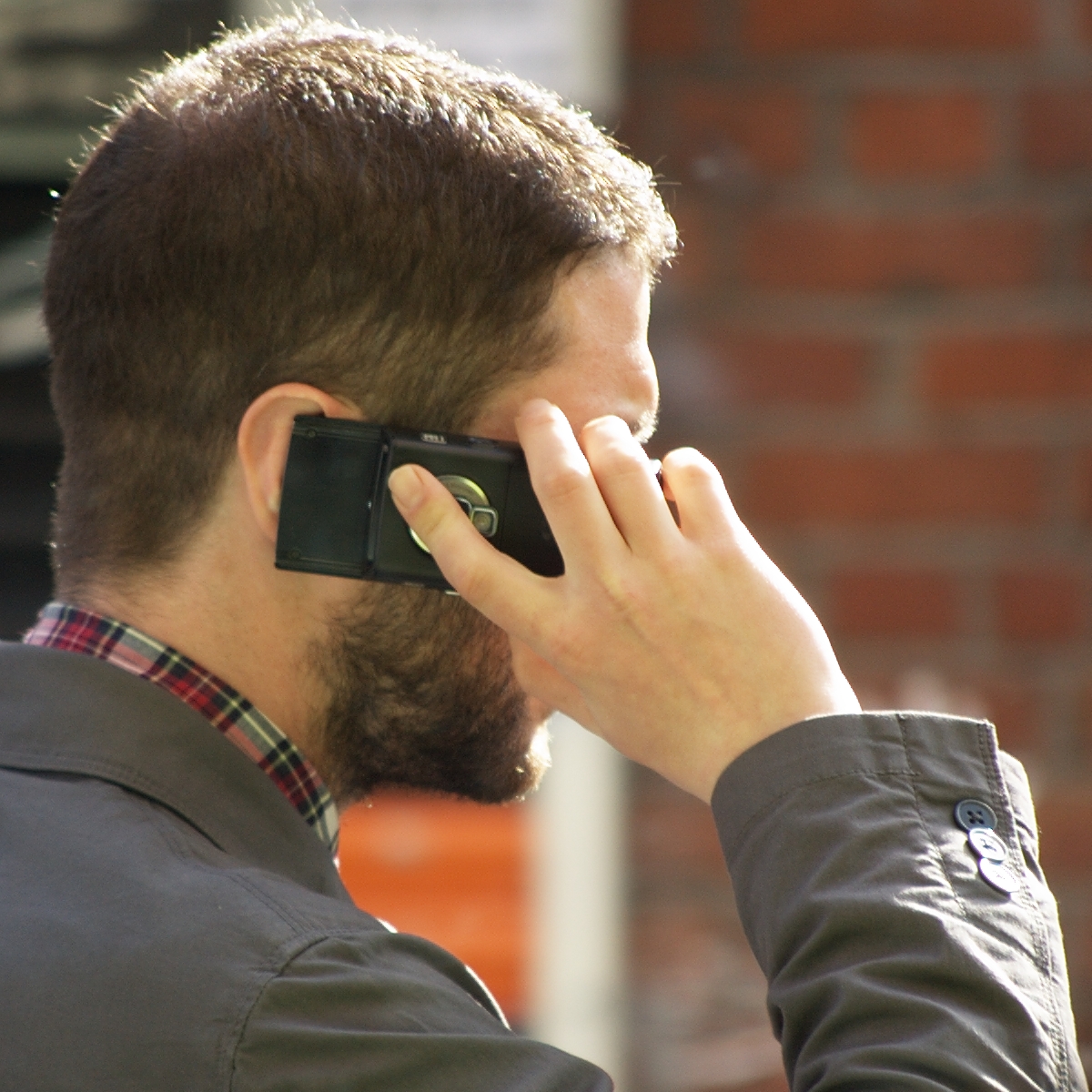SpaceX has just launched a Falcon 9 rocket from Cape Canaveral that carried 60 Starlink satellites into space, but this was just a tentative test that went well. The plan is to deploy 12000 Starlink probes out there, creating a high-speed and low-latency internet infrastructure that will cover the whole planet. The first “minimal” coverage of Starlink will only come after at least 400 of these satellites have been placed in orbit (probably in 2020), and will get significantly better when it reaches number 800.
According to NASA, there are about 4900 satellites orbiting our planet right now, so the Starlink project is about to surpass all others combined when it is half-way through its deployment stage. Many have envisioned such an endeavor in the past, but only Elon Musk’s SpaceX had the will power, knowledge, technical means, and financial strength to even think about pulling this out.
While the conditions for Thursday’s launch were exactly ideal, SpaceX’s engineers decided to take their chances anyway, as this first mission had been already canceled. Thankfully, all went well as the rocket skimmed through the dangerous “waters” of high-altitude winds, and brought that million-dollar payload up to 550 kilometers (340 miles).
The reason why SpaceX decided to deploy the units of the Starlink constellation at a degrading orbit altitude is to avoid collision risks with other satellites that zoom around in low-Earth-orbit. Each of the satellites weighs about 3.8 kilograms and has the size of a pizza box, so upon their re-entry in the future, they will be consumed by atmospheric heating.







